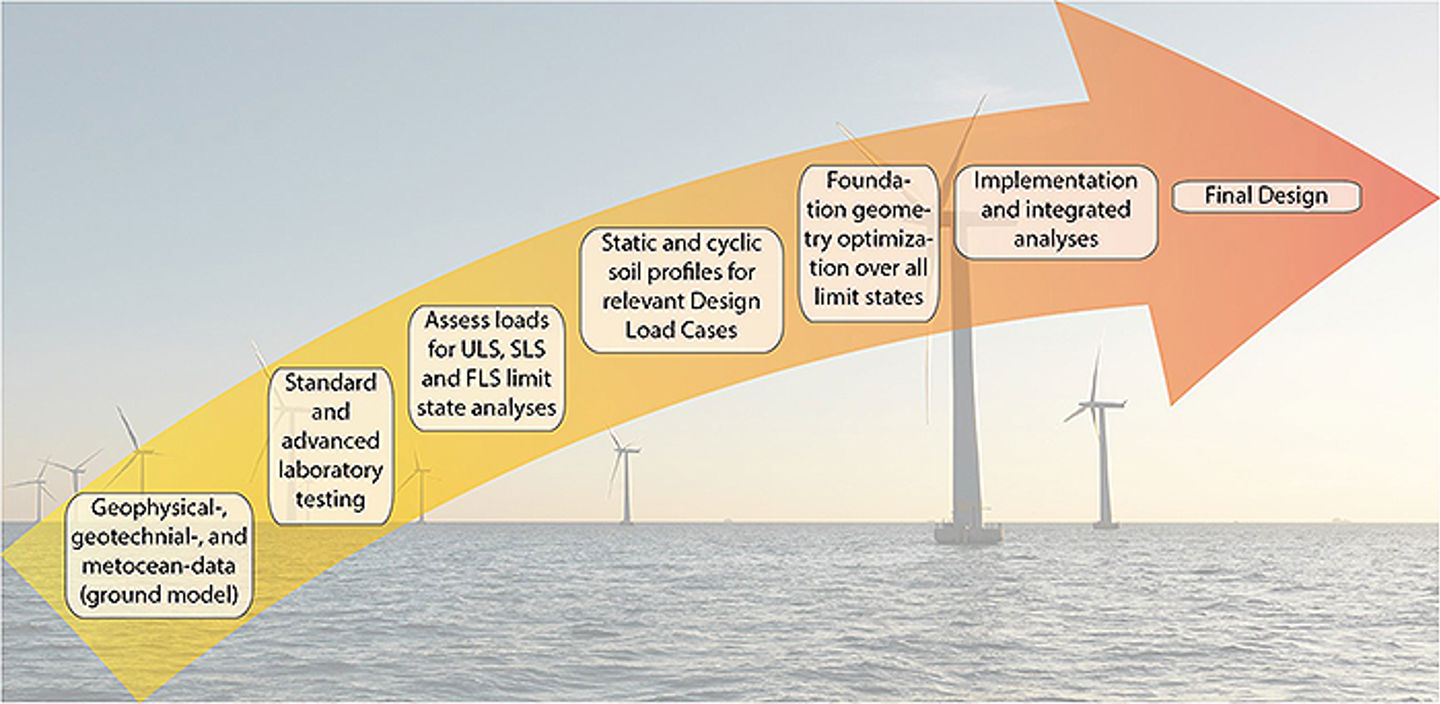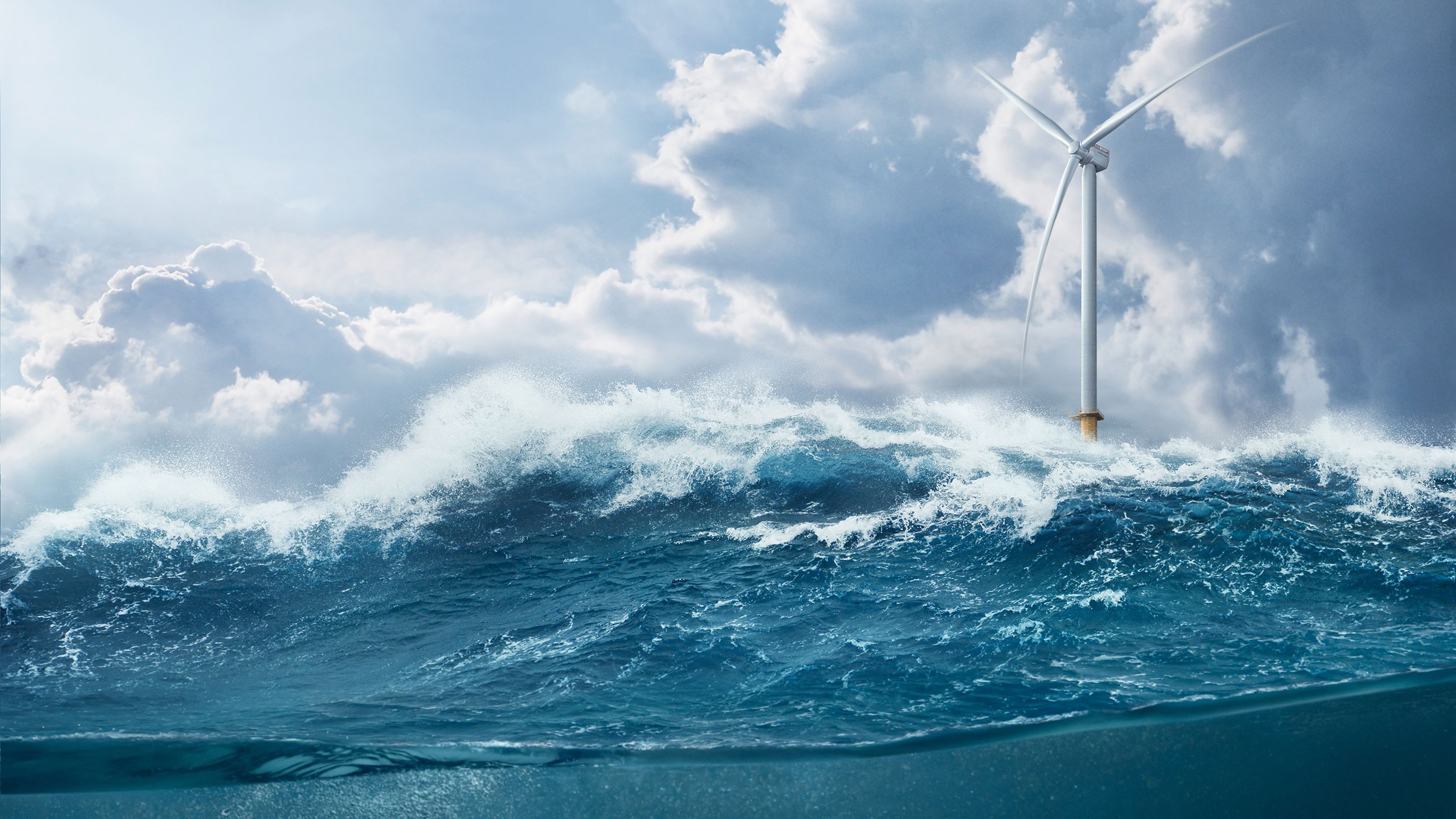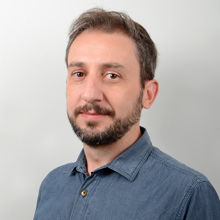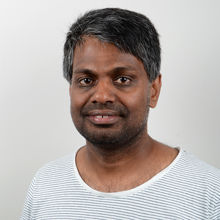In the last decade, offshore wind has become internationally a competitive and viable energy source, and is today an important export market for the Norwegian industry. This position has been achieved through successful adaption of established tools and methods developed for the oil and gas industry, as well as through complementary RCN-, EU-, and Industry-financed research and development projects where dedicated fit-for-purpose solutions were developed. Although all these achievements have been outstanding and important for the offshore wind industry, the consistent integration of these in offshore wind farm development projects has not yet been attempted.
The goal of RedWin 2 is to overcome this gap. The tools and solutions developed throughout numerous projects shall be developed further to standardized modules, which will then be integrated in a streamlined design workflow.
The scope of work of RedWin 2 includes:
- Integration of geophysical, geotechnical, metocean and other relevant data for determination of the geotechnical and structural foundation design basis for all locations within an offshore wind farm,
- Establishing simplified procedures for assessing the necessary input data for the foundation design in lieu of detailed information on site-, soil- and turbine properties and conditions,
- Improvement of current methodologies for assessing the effect of cyclic loading on the ultimate capacity (ULS), serviceability (SLS), and stiffness and damping (FLS) calculations,
- Generation of input data to foundation models to be used in integrated structural analyses,Optimization routines to reduce manual processes for determining foundation dimensions,
- Establishing routines for documentation of design processes to ensure ease certification and approval.

Research partners in RedWin 2 are Equinor, NTNU and NGI. The Research Council of Norway supports the project financially through the ENERGIX program.
Sub-projects
The scope of work has been divided into relevant workpackages:
- WP 1 – Project organisation and management
- WP 2 – Ground modelling and clustering strategies
- WP 3 – Development and verification of early phase rule based input parameters to the modules
- WP 4 – Advanced derivation of cyclic soil design parameters
- WP 5 – Development of efficient computation modules and implementation
- WP 6 – Application to an OWF under development
WP 2-5 are listed under Sub-projects (see link above).






